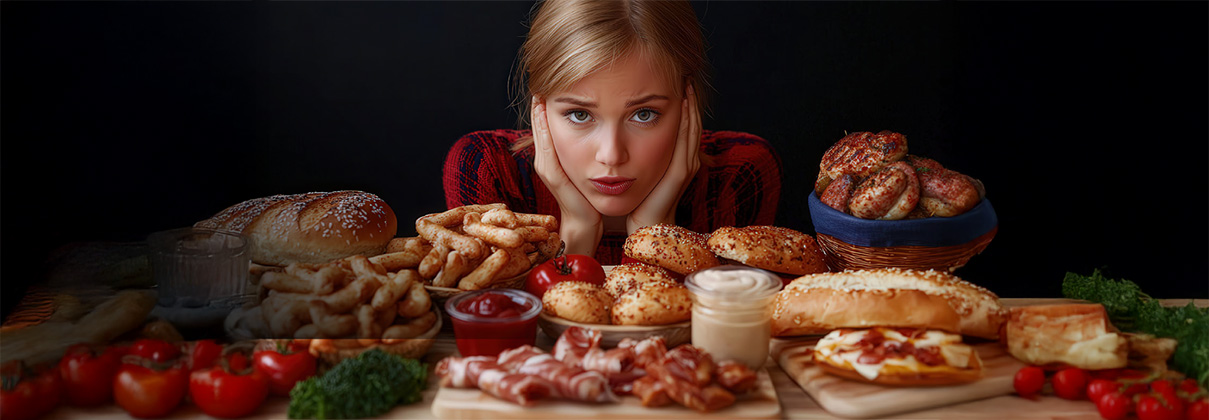The Power of Color: Setting Flavor Expectations
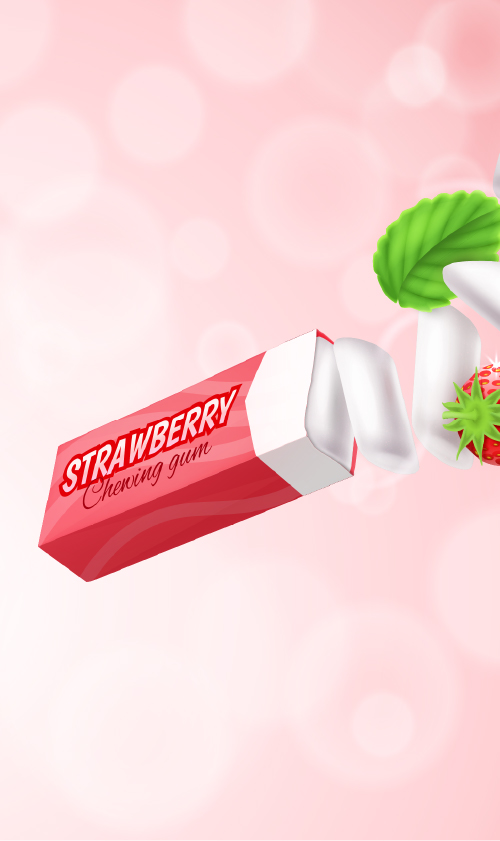
Red & Yellow

Blue & Purple
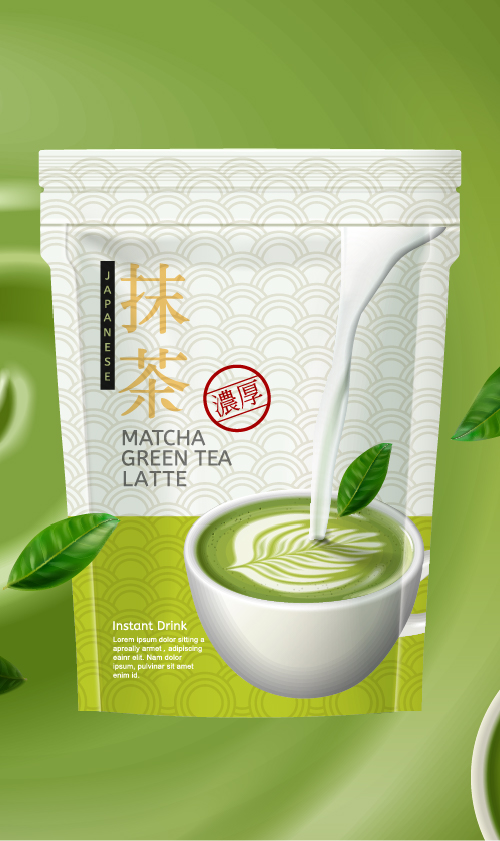
Earthy Greens & Browns
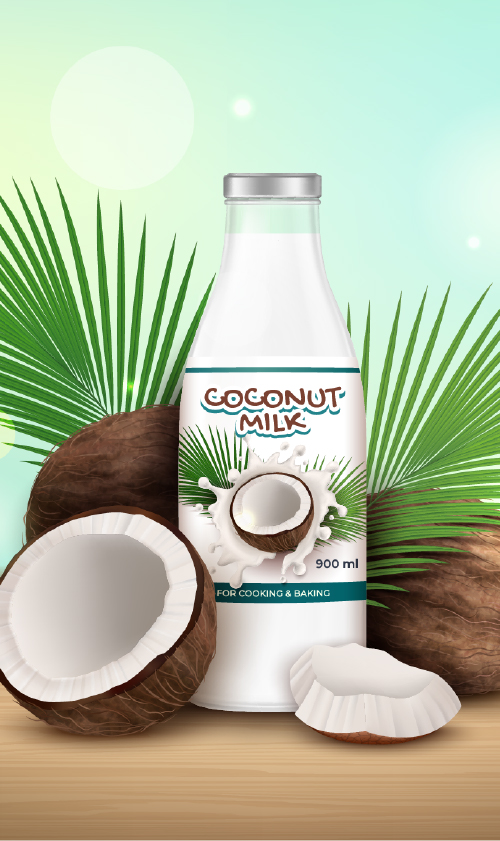
White & Pastels
Shape & Texture: How Design Can Influence Taste
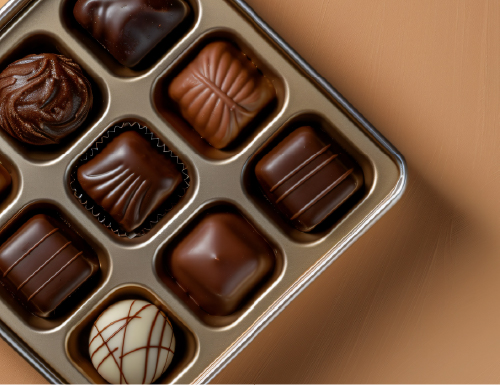
Smooth, sleek packaging
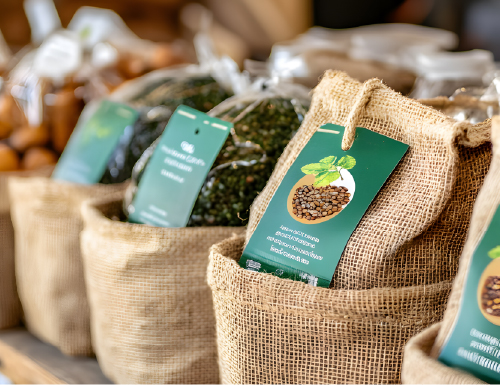
Rough, kraft-textured labels
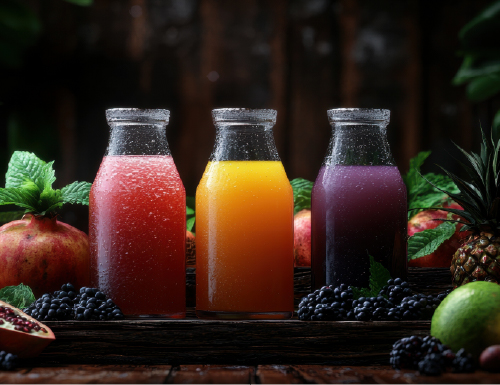
Rounded bottle shapes
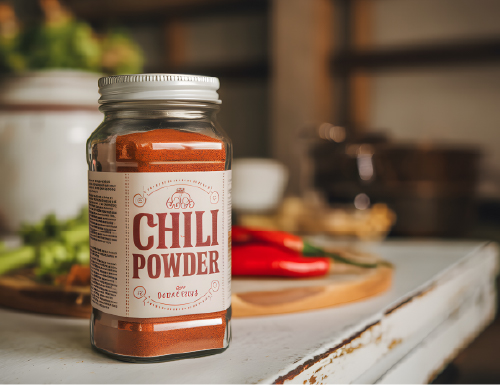
Angular packaging
The Language of Flavor: Choosing the Right Words
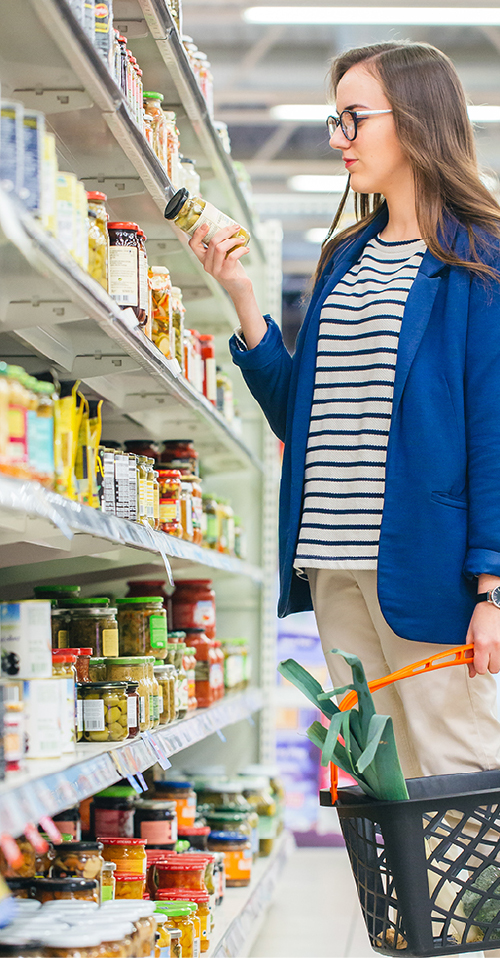
Sensory-Based Descriptions
Words that highlight texture or mouthfeel, such as smooth, crisp, or rich, help set an expectation of how the flavor will be experienced.
Emotion-Driven Language
Terms like comforting, invigorating, or decadent tap into the emotional side of taste, influencing how consumers connect with a product.
Authenticity & Origin
Using words that suggest craftsmanship, tradition, or a cultural connection—such as heritage, farmhouse, or old-world—can add depth and intrigue.
Foreign Language Influence
Borrowing words from other languages, like dulce de leche for caramelized milk or umami for savory depth, can make flavors feel more elevated and authentic.
Bringing Flavor & Perception Together
When it comes to taste, what consumers see and read influences what they expect to experience. The psychology of food packaging helps brands strategically combine color, shape, texture, and language, flavor companies can create products that don’t just taste great but also feel right before a customer even takes a sip or bite.
Understanding how the mind processes these cues is essential for crafting flavors that resonate on a deeper, psychological level—ensuring a more memorable, crave-worthy experience from the first glance to the final bite.

Insights & Trends
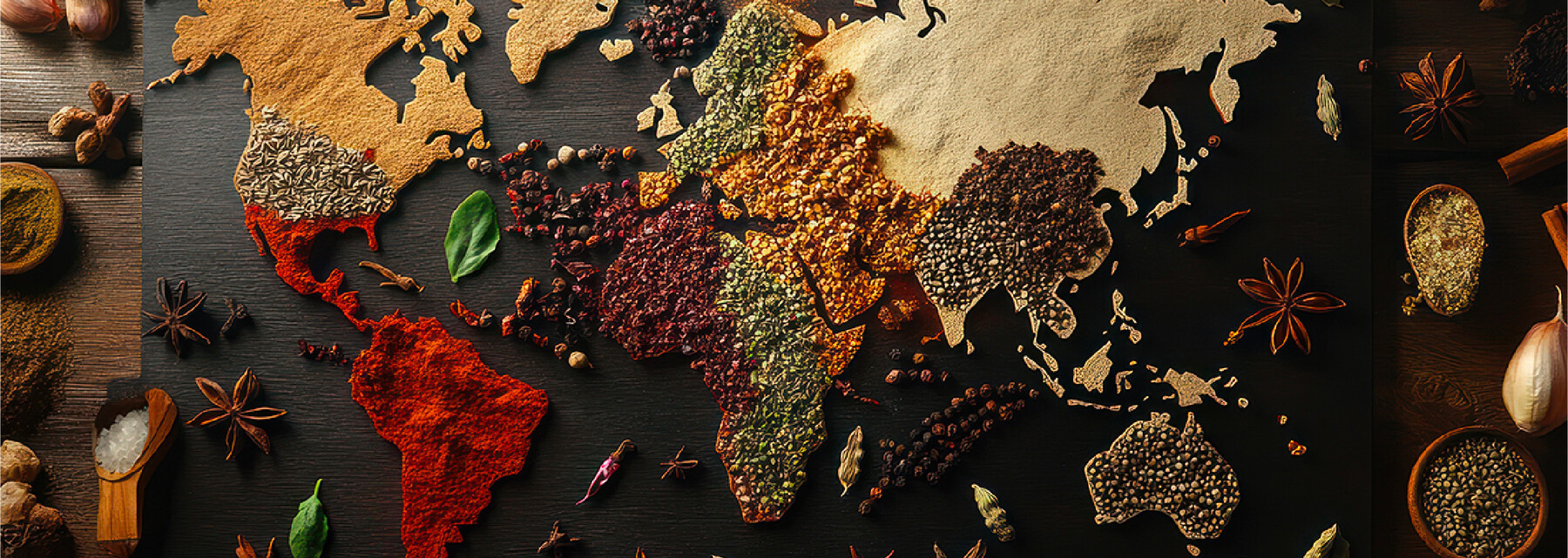
Spice. Sprinkle. Savor.
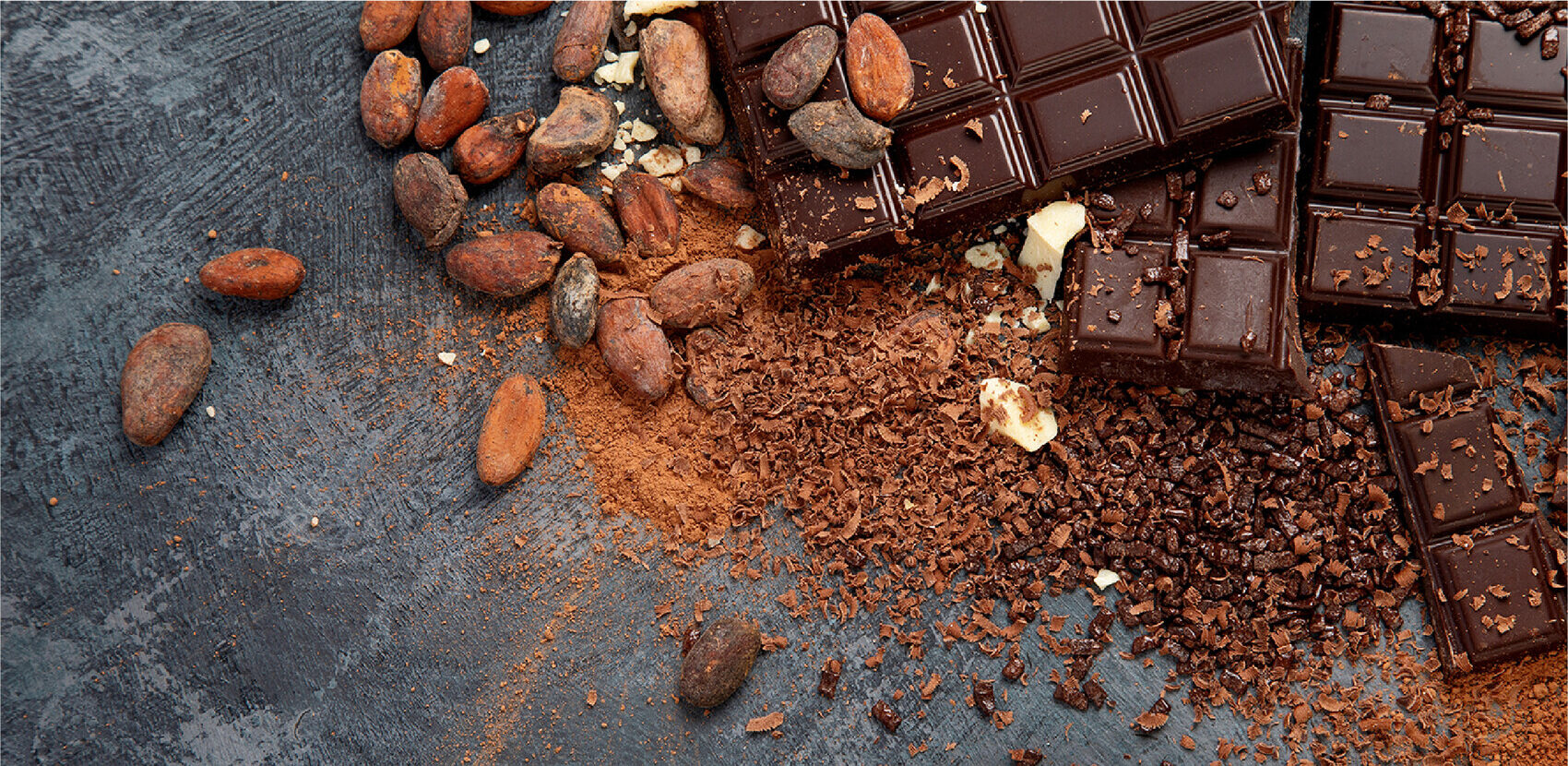
When Less Is More

From Snack to Savor

Precision Fermentation
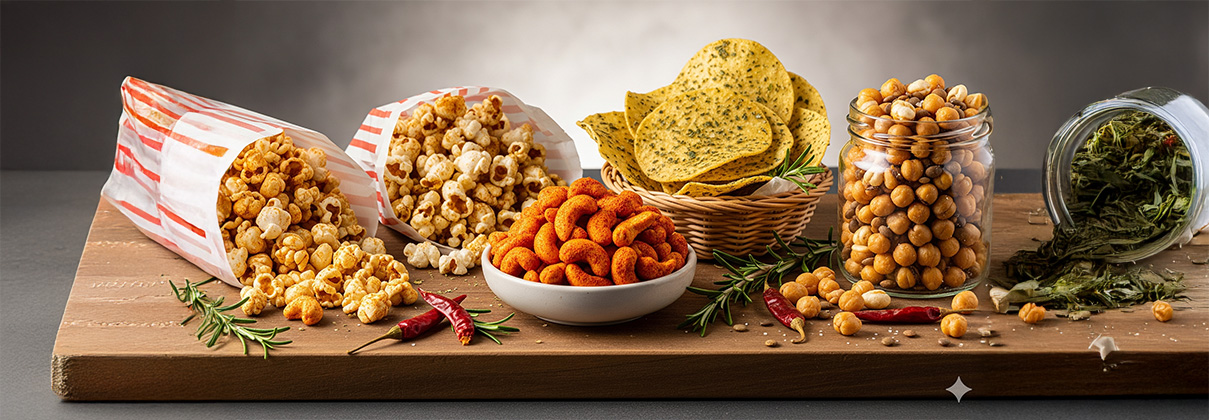
Snackification Nation
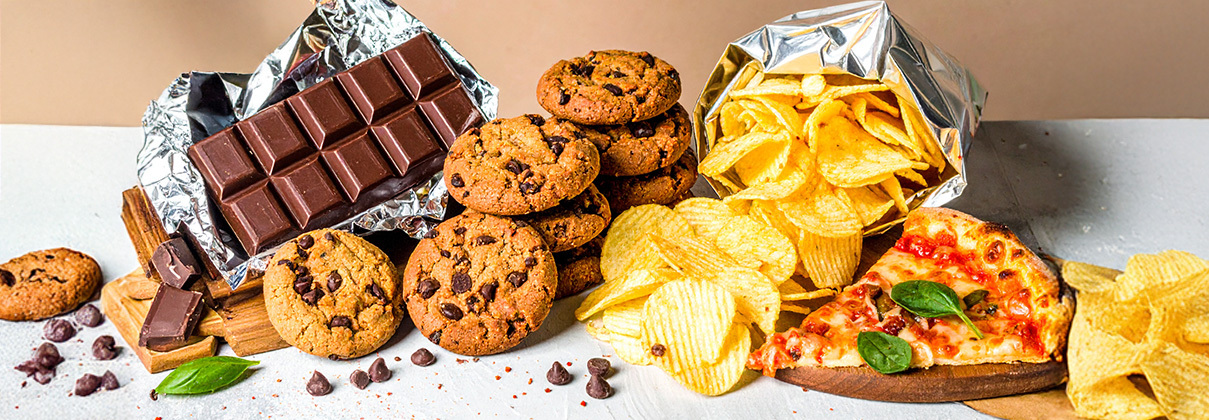
Snack to the Future

Fizz With Benefits
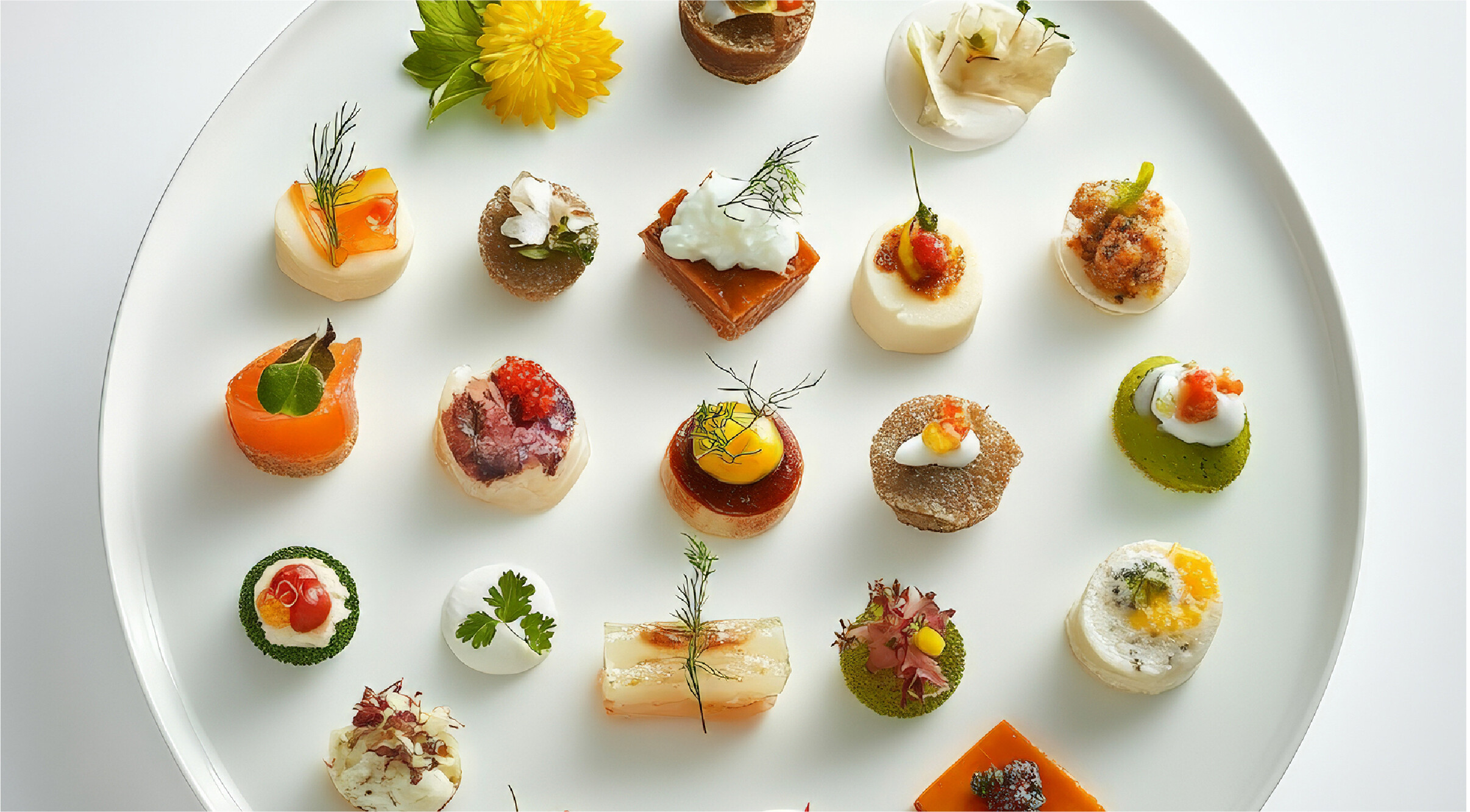
Satisfy in a Single Bite
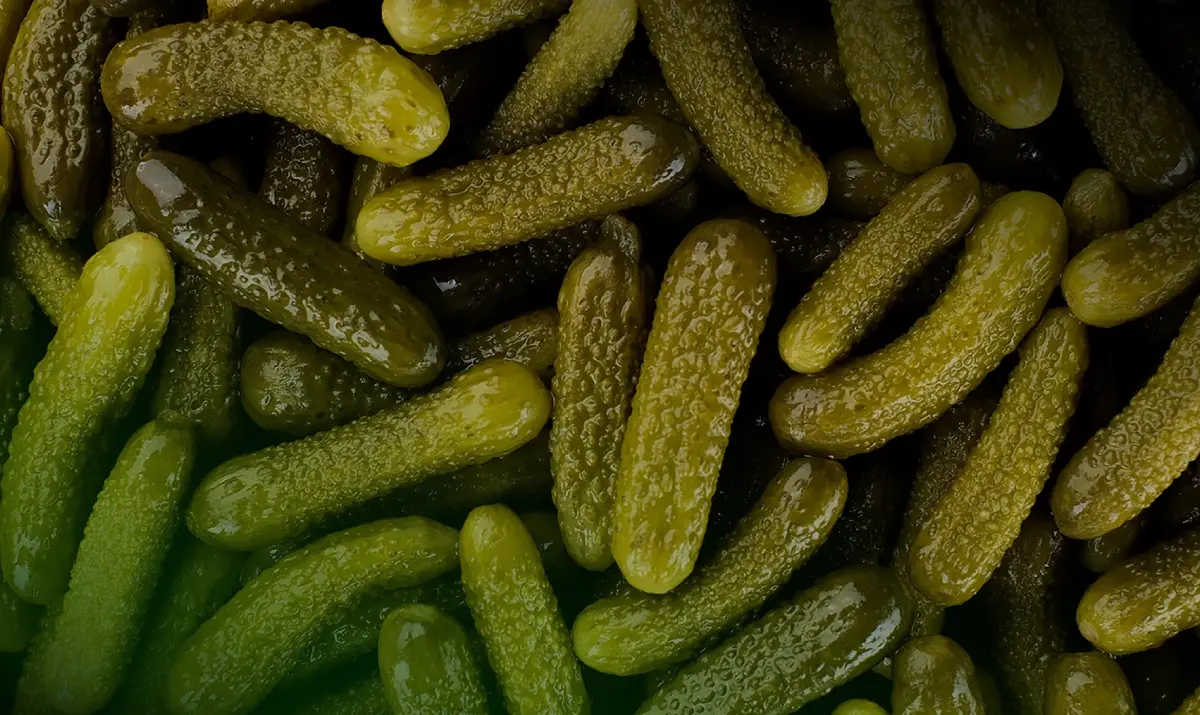
From Brine to Brain
